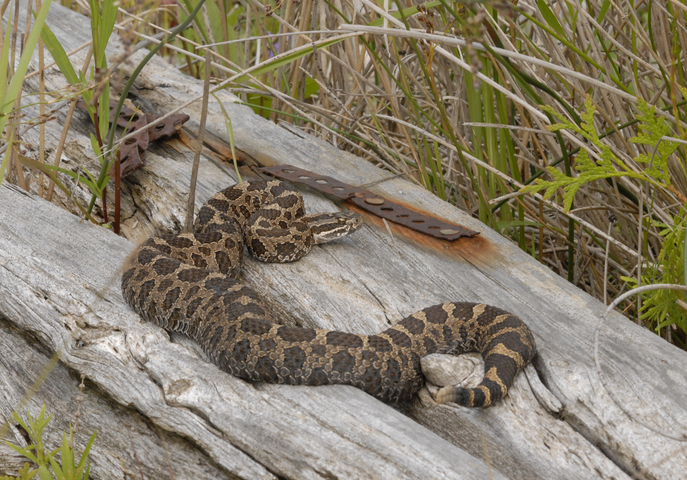

They are mostly nocturnal, though they will sometimes come out during the day to sun themselves in cooler temperatures. Behaviorīoa constrictors are typically solitary, said Heyborne. They are often found near streams or rivers, according to the ADW.

They can also be found in dry tropical deserts and semi-deserts, woodlands, scrub and agricultural areas. When they do reside in rainforests, they tend to stick to the edges or clearings. Though stories often depict boa constrictors living in jungles, their habitats are actually much more diverse. Previously, scientists thought that all members of the family Boidae were New World snakes, but certain boa species have been discovered in remote areas such as Mauritius and New Guinea, according to the San Diego Zoo. They are also found on islands in the Caribbean and off the Pacific coast. They are found throughout the Americas, ranging from northern Mexico through Central America and into Peru on the west side of the Andes and south to Argentina on the east side. National Museum 23: 469–470.Boa constrictors are New World snakes, meaning they live exclusively in the Western hemisphere, according to the ADW. A New Systematic Name for the Yellow Boa of Jamaica. ^ 1994 Categories & Criteria (version 2.3) at the IUCN Red List.^ Epicrates subflavus at the IUCN Red List.^ Jamaican Boa Archived at the Wayback Machine at Accessed 3 March 2009.Snake Species of the World: A Taxonomic and Geographic Reference, vol. ^ a b McDiarmid RW, Campbell JA, Touré T.Hunting in forest reserves is also prohibited under the Forest Act (1996).Listed as a Protected Species under the Wild Life Protection Act (1945).Some measures have been taken to afford these animals some protection: Their natural habitat is being destroyed, which is forcing them into inhabited areas, where they are captured and killed. It is therefore considered to be facing a high risk of extinction in the wild. A species is listed as such when the best available evidence indicates that a population decline of 20% is expected within the next ten years or three generations, whichever is the longer, due to a decline in the quality and area of occupancy. This species is classified as Vulnerable (VU) on the IUCN Red List of Threatened Species with the following criteria: A2ce (v2.3, 1994). In-situ conservation of the Jamaican boa is seriously hindered by the lack of information on demographic and ecological parameters as well as by a poor understanding of the population structure and species distribution in the wild. The Jamaican boa's natural populations greatly and constantly declined since the late 19th century, mainly because of predation by introduced species (such as mongooses), human persecution, and habitat destruction. The snake's body is quite long, up to 2 metres (6 feet 7 inches) in total length.įound in Jamaica in the Cockpit Country, including Goat Island. The Jamaican boa is golden-green around the head and along the anterior section of the body, with black zigzag crossbars, becoming black toward the posterior end of its body. The Jamaican boa', Jamaican yellow boa or yellow snake ( Chilabothrus subflavus in Jamaican Patois: nanka) is a boa species endemic to Jamaica.


 0 kommentar(er)
0 kommentar(er)
